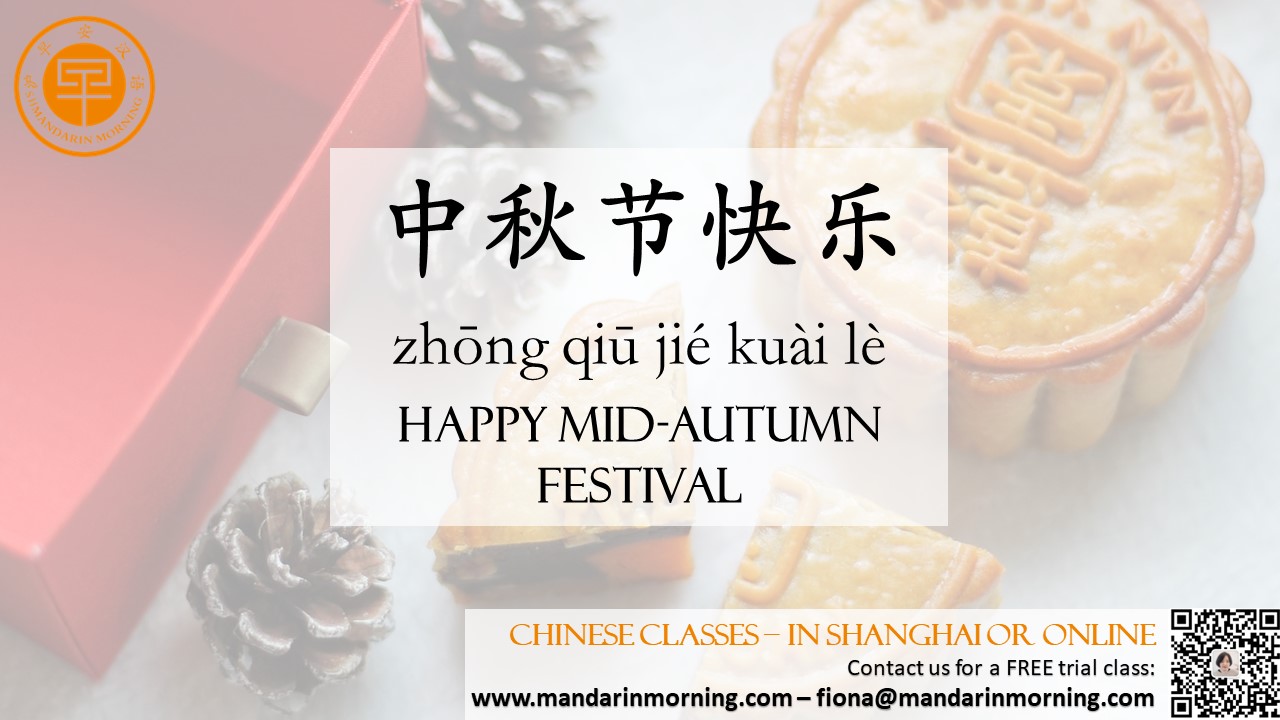| The Mid-Autumn Festival has a history of over 3,000 years. It was a royal sacrificial ceremony associated with moon worshiping and agricultural activities. People worshiped the moon to give thanks for the harvest and to encourage the "harvest-giving light" to return in the coming year. The changes in the lunar phases provided guidance for the farming schedule; therefore, people believed that worshiping the moon could bring a good harvest. In modern times, most people have sufficient food supplies, but the Mid-Autumn Festival is still significant because the full moon during the festival is a symbol of family reunions. As the festival evolved over time, it has gained additional meanings and now includes prayers for good health and happiness.  How People Celebrate Mid-Autumn Festival As the second most important festival in China, Mid-Autumn Festival (Zhongqiu Jie) is celebrated in many traditional ways. Here are some of the most popular traditional celebrations. 1. Enjoying a Dinner with Family The roundness of the moon represents the reunion of the family in Chinese minds. Families will have dinner together on the evening of Mid-Autumn Festival. The public holiday (usually 3 days) is mainly for Chinese people working in different places to have enough time to reunite. Those staying too far away from their parents' home usually get together with friends. 2. Eating Mooncakes Mooncakes are the must-eat Mid-Autumn food in China. They are a traditional Chinese pastry. Their round shape and sweet flavor symbolize completeness and sweetness. At the Mid-Autumn Festival, people eat mooncakes together with family, or present mooncakes to relatives or friends, to express their love and best wishes. Mooncakes are usually eaten after dinner while admiring the moon. Celebrating the harvest is one of the most traditional meanings of Mid-Autumn Festival, thus harvest foods are favored during the festive period, such as crabs, pumpkins, pomelos, and grapes. People enjoy them at their freshest, most nutritious time, and enjoy their auspicious meanings that are particularly associated with round foods. 3. Appreciating the Moon The full moon is the symbol of family reunions in Chinese culture. It is said, sentimentally, that "the moon on the night of Mid-Autumn Festival is the brightest and the most beautiful". Chinese people usually set a table outside their houses and sit together to admire the full moon while enjoying tasty mooncakes. Parents with little kids often tell the legend of Chang'e Flying to the Moon. As a game, kids try their best to find the shape of Chang'e on the moon. 4. Making and Carrying Mid-Autumn Festival Lanterns Lanterns are a notable part of Mid-Autumn Festival. People make lanterns, carry lanterns to do moon gazing, hang lanterns in trees or houses, release sky lanterns, or visit public lantern displays, hence it is even be known as a lantern festival (not to be confused with the Lantern Festival on the full moon after Chinese New Year). Lanterns have long been associated with the festival since the Tang Dynasty (618–907), possibly because of their traditional symbolization of luck, light, and familial togetherness. In modern times, besides traditional activities, many Chinese people send WeChat red envelopes and/or go traveling during the 3-day public holiday to celebrate the festival. |